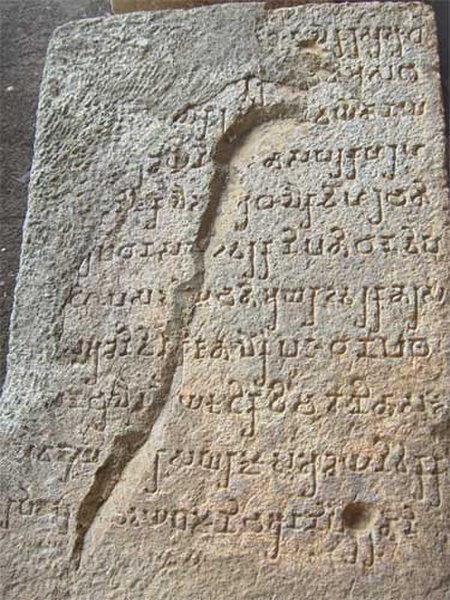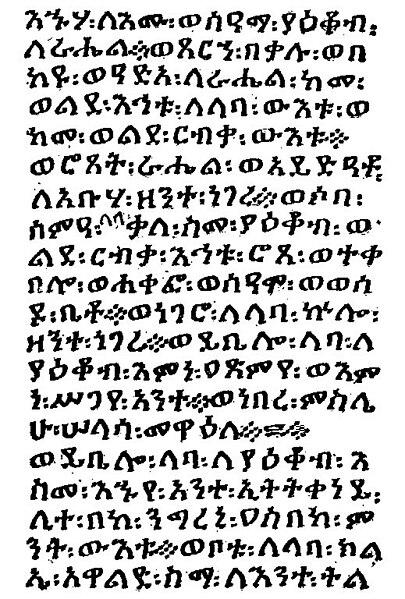The Kannada script is an abugida of the Brahmic family, used to write Kannada, one of the Dravidian languages of South India especially in the state of Karnataka. It is one of the official scripts of the Indian Republic. Kannada script is also widely used for writing Sanskrit texts in Karnataka. Several minor languages, such as Tulu, Konkani, Kodava, Sanketi and Beary, also use alphabets based on the Kannada script. The Kannada and Telugu scripts share very high mutual intellegibility with each other, and are often considered to be regional variants of single script. Other scripts similar to Kannada script are Sinhala script, and Old Peguan script
(used in Burma).
Brahmi script, Kanheri Caves
Clock in Mysore with Kannada numerals. Note that the rotation of digits is not uniform along the outer ring: numerals 3 (left), 6 (bottom), 9 (right) and 12 (top) are upright, numbers 1, 2, 4, 7 and 8 are slightly rotated to the right, numbers 5, 10 and 11 are slightly rotated to the left, so they are all readable as if they were all upright (with numbers 10, 11 and 12 read normally from left to right, ignoring the slight rotations).
An abugida – sometimes also called alphasyllabary, neosyllabary, or pseudo-alphabet – is a segmental writing system in which consonant–vowel sequences are written as units; each unit is based on a consonant letter, and vowel notation is secondary, similar to a diacritical mark. This contrasts with a full alphabet, in which vowels have status equal to consonants, and with an abjad, in which vowel marking is absent, partial, or optional – in less formal contexts, all three types of the script may be termed "alphabets". The terms also contrast them with a syllabary, in which a single symbol denotes the combination of one consonant and one vowel.
A 19th-century manuscript in the Devanagari script
The Ge'ez script, an abugida of Eritrea and Ethiopia




